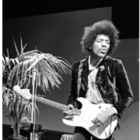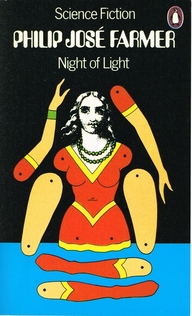
Jimi Hendrix 10 Favorite Books
Jimi Hendrix
Jimi Hendrix loved sci-fi literature, it was his way to escape the reality to get an inspiration for his creative process. Check out 10 books Jimi Hendrix loved!
See all
0
likes
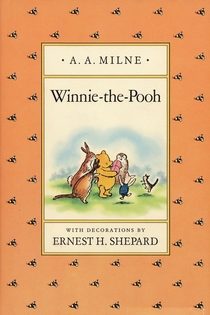
Winnie-the-Pooh
Picture book. BOARD BOOK. Stunning first-concept board books, beautifully illustrated and perfect for early learners! Children will love learning colours and opposites with their favourite bear, Winnie-the-Pooh and all his friends.
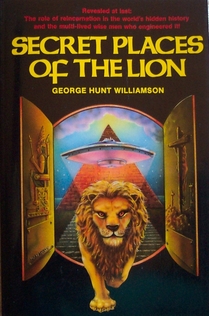
Secret Places of the Lion
Early traditions speak of the arrival of "radiant beings from heaven," self-sacrificing guardians of the human race who have reincarnated as pivotal figures in the panorama of human history to assist in the work of evolution. Secret Places of the Lion shows how these "great ones" have helped mankind for thousands of years, hiding their secrets in tombs, caverns, temple ruins, and catacombs. Posing as wanderers, they would declare universal wisdom and truth at certain periods of history when people were prepared to receive it; then they would withdraw for a time to see what was done with the new-found knowledge. Thus, the rises and plateaus of our cultural history emerged. Classic in the UFO field.Many years after his death, the author still has a devoted following.
See all

Lot & Lot's Daughter
Two classic science fiction stories about a California family fleeing a nuclear holocaust, written in an era when a dystopian future seemed inevitable. An atomic bomb has struck Los Angeles, and the streets are filled with cars fleeing the city. But Mr. Jimmon knows that things will be different for his family. He has meticulously prepared for such an event, and now that it has arrived, he carries out his plan almost gleefully. The Jimmons get in their station wagon, filled with supplies, and head for the predetermined base. From the backseat, his children are complaining. In denial about the world’s precarious future, they would prefer to find their friends and wait out the crisis in the comfort of their home. But in reality, there is no guarantee of escape—or survival. Savage, unromantic, and unflinchingly honest, these two dark tales by “one of the best American writers,” describe what could really happen at the end of the world, and what it takes to get there (Ray Bradbury). This ebook features an introduction by Michael Swanwick and an illustrated biography of Ward Moore including rare images from the author’s estate.
See all

The Complete Fairy Tales
I love reading fairy tales, like Hans Christian Andersen, and Winnie-the-Pooh.
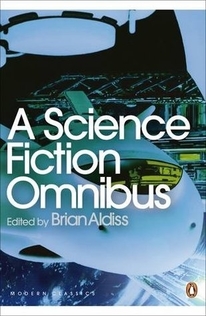
A science fiction omnibus
This new edition of Brian Aldiss's classic anthology brings together a diverse selection of science fiction spanning over sixty years, from Isaac Asimov's 'Nightfall', first published in 1941, to the 2006 story 'Friends in Need' by Eliza Blair. Including authors such as Clifford Simak, Harry Harrison, Bruce Sterling, A. E. Van Vogt and Brian Aldiss himself, these stories portray struggles against machines, epic journeys, genetic experiments, time travellers and alien races. From stories set on Earth, to uncanny far distant worlds and ancient burnt-out suns, the one constant is humanity itself, compelled by an often fatal curiosity to explore the boundless frontiers of time, space and probability.
See all
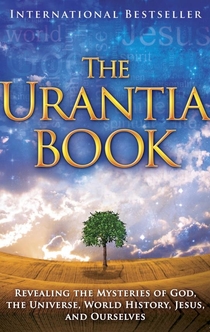
The Urantia Book
An alternative Bible for UFO believers that mixed tales of Jesus with stories of alien visitations. Jimi carried this book with him everywhere – along with his Bob Dylan songbook – and told friends he had learned much from its pages. (chapter 25)

The Tibetan Book of the Dead
The Tibetan Book of the Dead is one of the texts that, according to legend, Padma-Sambhava was compelled to hide during his visit to Tibet in the late 8th century. The guru hid his books in stones, lakes, and pillars because the Tibetans of that day and age were somehow unprepared for their teachings. Now, in the form of the ever-popular Tibetan Book of the Dead, these teachings are constantly being discovered and rediscovered by Western readers of many different backgrounds--a phenomenon which began in 1927 with Oxford's first edition of Dr. Evans-Wentz's landmark volume. While it is traditionally used as a mortuary text, to be read or recited in the presence of a dead or dying person, this book--which relates the whole experience of death and rebirth in three intermediate states of being--was originally understood as a guide not only for the dead but also for the living. As a contribution to the science of death and dying--not to mention the belief in life after death, or the belief in rebirth--The Tibetan Book of the Dead is unique among the sacred texts of the world, for its socio-cultural influence in this regard is without comparison. This fourth edition features a new foreword, afterword, and suggested further reading list by Donald S. Lopez, author of Prisoners of Shangri-La: Tibetan Buddhism and the West. Lopez traces the whole history of the late Evans-Wentz's three earlier editions of this book, fully considering the work of contributors to previous editions (C. G. Jung among them), the sections that were added by Evans-Wentz along the way, the questions surrounding the book's translation, and finally the volume's profound importance in engendering both popular and academic interest in the religion and culture of Tibet. Another key theme that Lopez addresses is the changing nature of this book's audience--from the prewar theosophists to the beat poets to the hippies to contemporary exponents of the hospice movement--and what these audiences have found (or sought) in its very old pages.
See all
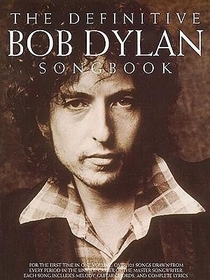
The Definitive Bob Dylan Songbook
Moved by the poetic, unapologetic work of Dylan, Jimi bought a Bob Dylan songbook soon after hearing Blonde on Blonde. He couldn’t read music so it must have been the words he treasured – he kept the book with him through all his travels, and it was often the only thing he packed.
See all
